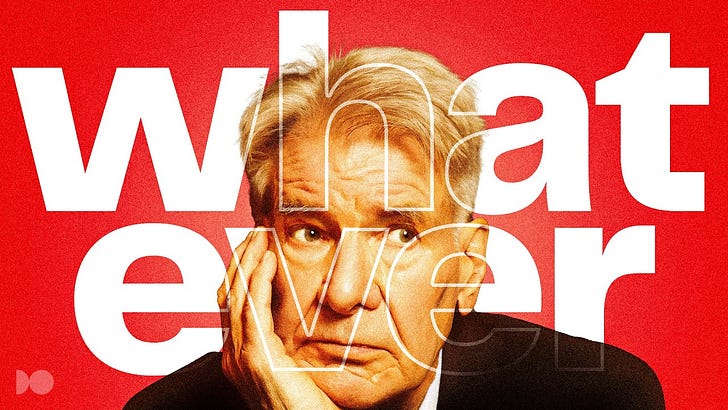Start here
Welcome! If you want to start reading my archive, then this is hopefully a helpful guide on where to begin.
I write about a broad range of themes that I think producers need to know as they plan for the future.
I’ve been writing weekly since September 2024, and twice weekly since March 2025. Posts fall into two types:
Posts on key insights and important challenges
Case studies.
Key insights and themes for producers
The best place to start is a series of three posts I shared over the summer, which add up to over 20,000 words on the 36 most important things I believe producers should know about to understand how we got to where we are, and where to go from here.
What TV producers should know part 1 - this first post is about the market context and covers the external factors beyond our control
What TV producers should know part 2 - this second post is about what is within our control in how we can respond to the external market
What TV producers should know part 3 - this final post is about some practicalities to think about when planning for the future.
As well as these three posts, I’ve also written a series about YouTube and producers:
Beyond the direct to consumer market, there are various other themes that keep cropping up which I believe are important to be aware of.
The economics of streaming versus broadcasting
There is a key principle to understand here, which is that broadcasting is a fixed cost model - where whether one person or one million people watch the show, the distribution costs remain the same (and therefore, the profits can be huge).
In comparison, video streaming is a variable cost, where providers pay depending on how many bytes of video data are watched by a user. The more they watch, the more the costs go up.
This is why the underlying technical infrastructure of these streaming businesses really matter to their profitability, especially in a world where some of these streamers have their own content distribution networks (Netflix, the BBC, YouTube, Amazon), while most others are paying a third party to distribute this content - often, the third party being Amazon web services.
Different countries have different experiences
Another common theme is that sometimes what happens in the US is viewed as a universal story for all countries, however this isn’t the case. Indeed, in the UK, there is a very different story where free comprehensive catch up and archive streaming services have been the norm since 2006, and broadcasters have been investing in the internet and engaged with online platforms since the 1990s. For example, Channel 4 first signed a comprehensive deal to put its catch up and archive VOD service, 4oD, onto YouTube in 2009 (the deal ran from 2010 to 2014, when it lapsed and C4 then focussed on its own platforms).
Similarly, US residents might be unaware how their cable TV offering has carried both a much higher volume of ads plus a high price point compared to other countries.
How the behaviour and strategies of tech companies matters to TV
Thanks to convergence, TV is not isolated from the decisions or strategies of tech companies. This can range from building businesses on their platforms, only for their direction of travel to change, all the way through to how AI develops from a technical, commercial and regulatory perspective.
Direct to consumer creator case studies
I’ve included around 200+ case studies thus far, all with the goal of inspiring TV, film and content producers to understand the opportunities in the direct to consumer market, and how that can be blended in with a commissioning and possibly branded content strategy.
All of the case studies are listed on this page, and I approached them by way of TV genres: so comedy, food, entertainment formats, news and current affairs, scripted, documentary, arts, history, sport.
Then also some of the quirkier niches finding audiences online: so woodworking, travel and wildlife, to name a few.
Here are a few to get you started:









